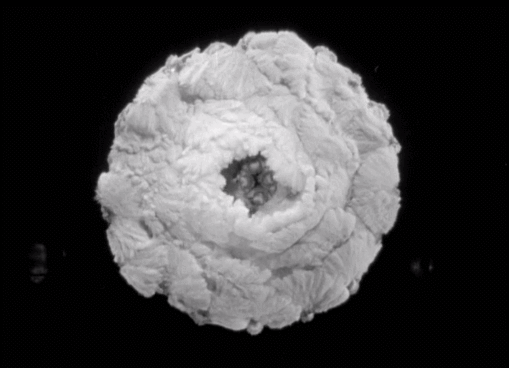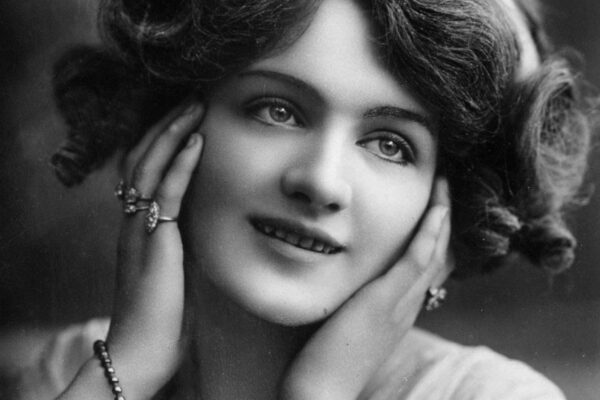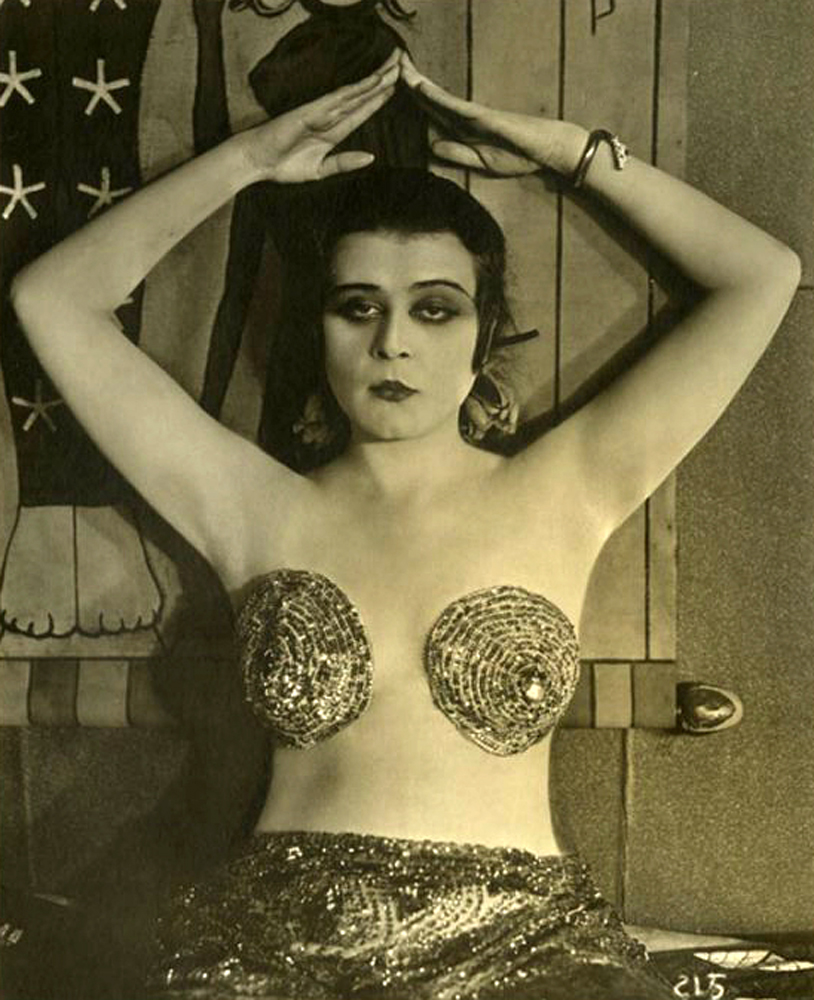
From Mae West to Eva Green, the cinema archetype of the ‘femme fatale’ has fascinated and frightened audiences since Hollywood’s golden age. But nearly a century before Sharon Stone bore all as the deadly seductress Catherine Tramell in Basic Instinct, silent-film actress Theda Bara, the silver screen’s very first sex symbol, hypnotized filmgoers with her ‘evil’ stare, vampy makeup, and scandalous outfits.
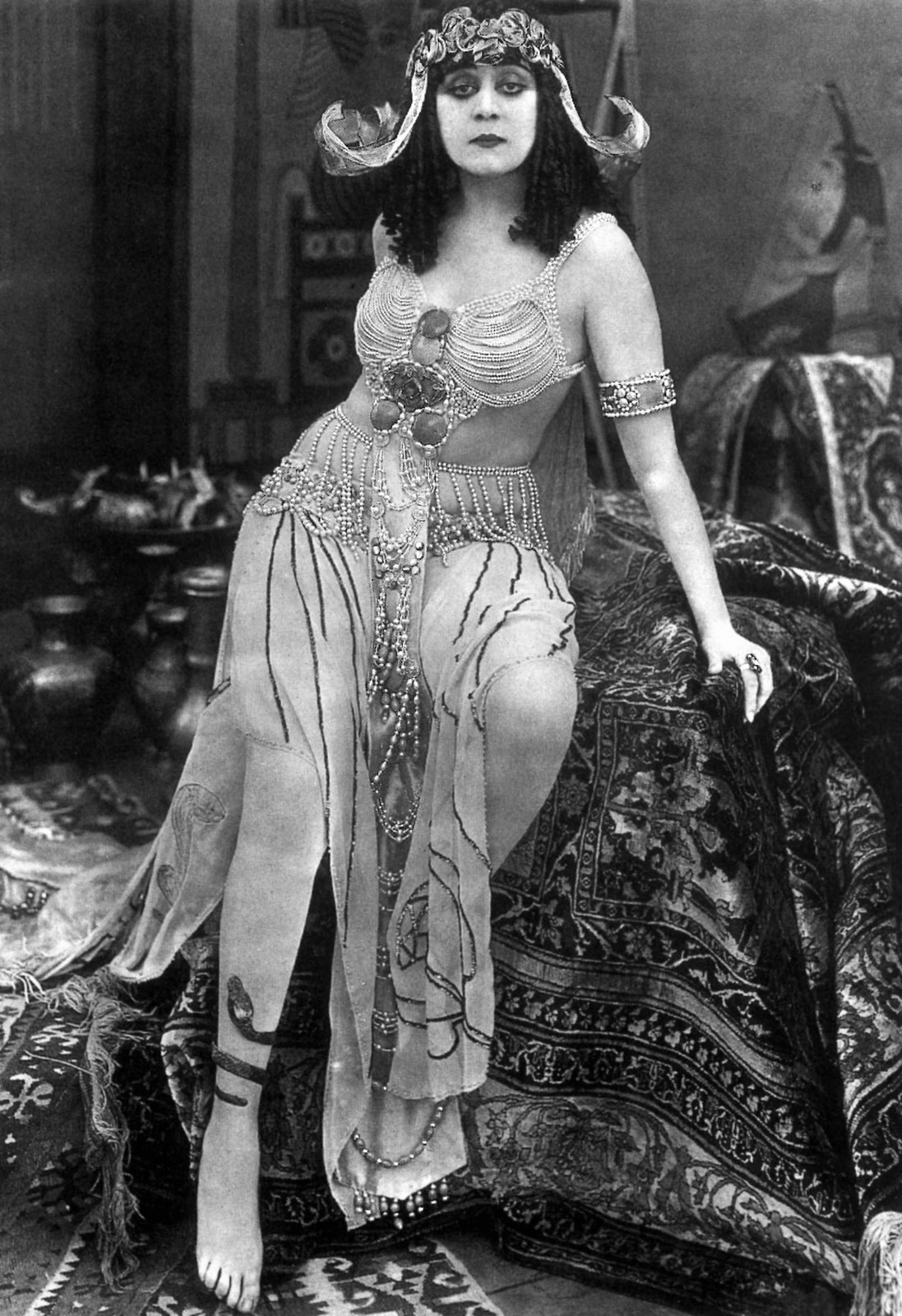
Born on July 22, 1890 in Cincinatti, Ohio, Theodosia Goodman, was the daughter of a poor Jewish tailor. At the age of 18, the baby-faced midwestern girl moved to New York City with dreams of becoming an actress, but the Big Apple at the turn of the century was filled with starry-eyed young women and Goodman got lost in the crowd.
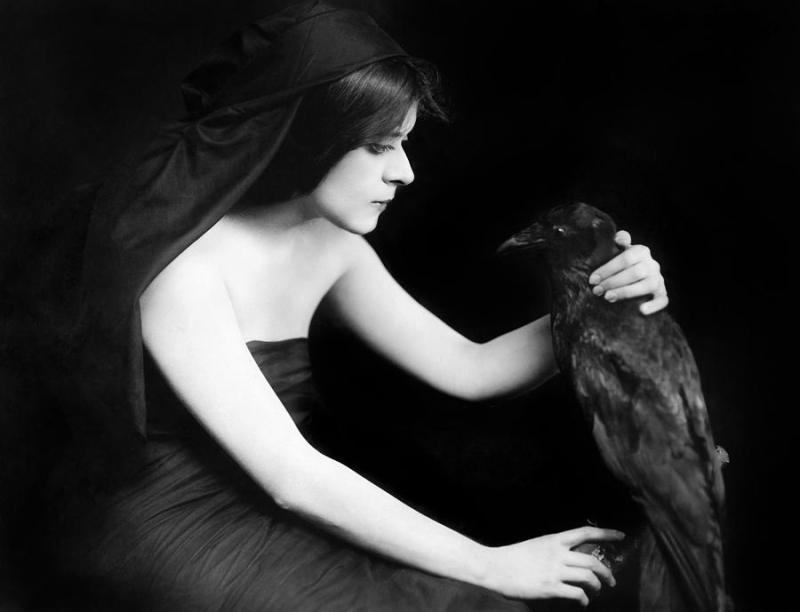
The voluptuous Victorian silhouette was starting to go out of fashion, and the slim boyish figure of the approaching jazz age was in. Goodman with her wild dark hair and natural curves was not like the other girls.
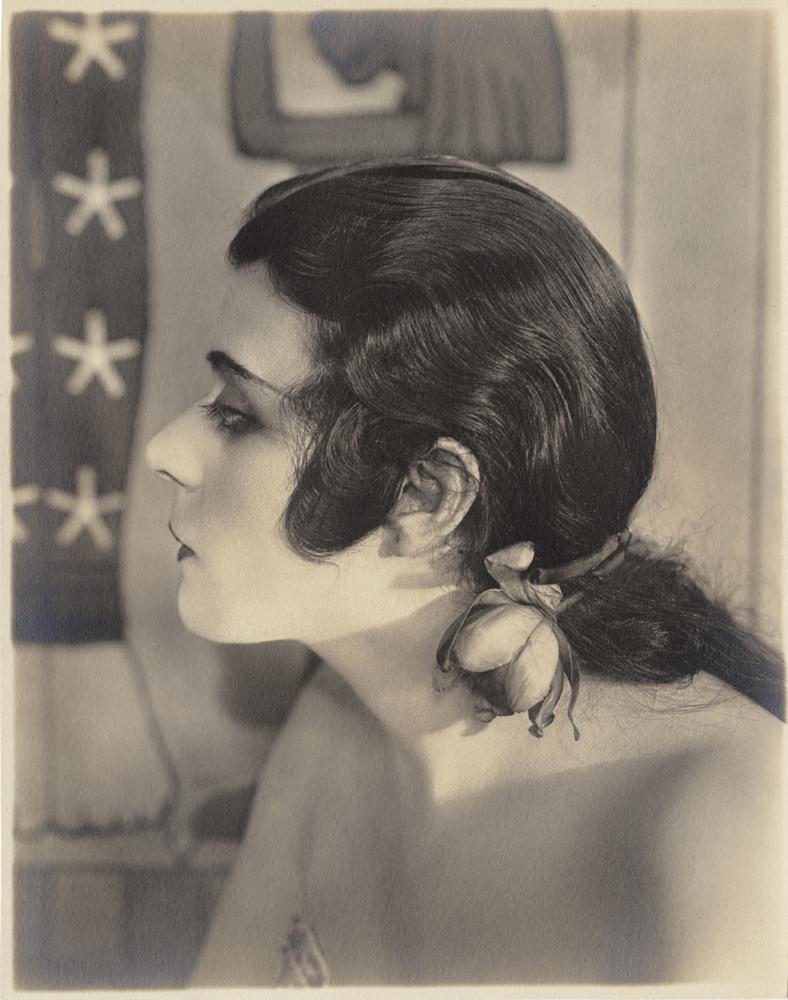
Seven years later, in 1915, silent-film director Frank Powell took a chance on a 29 year-old Theda (she lied and said she was 25) and asked her to star in the Fox Film Studio production A Fool There Was. Sceptical of the new medium, Theodosia reluctantly accepted the part.
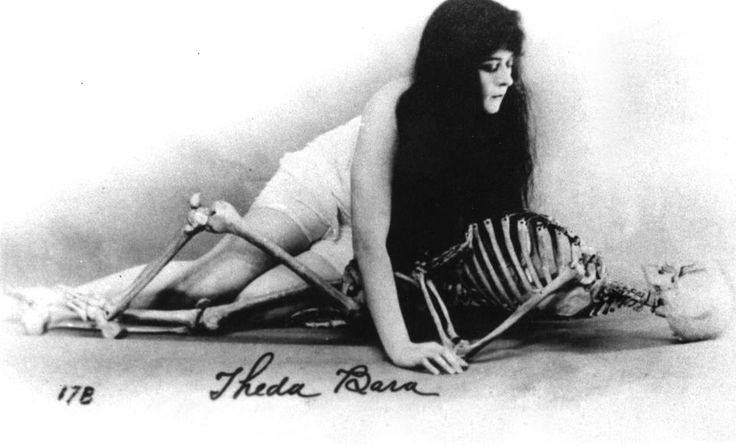
It’s the story of a devoted family man who, while on a ship to England, meets a beautiful stranger referred to only as “The Vampire Woman.” This mysterious creature corrupts his soul, destroys his family, drains him of all of his money and dignity, and eventually causes his demise.
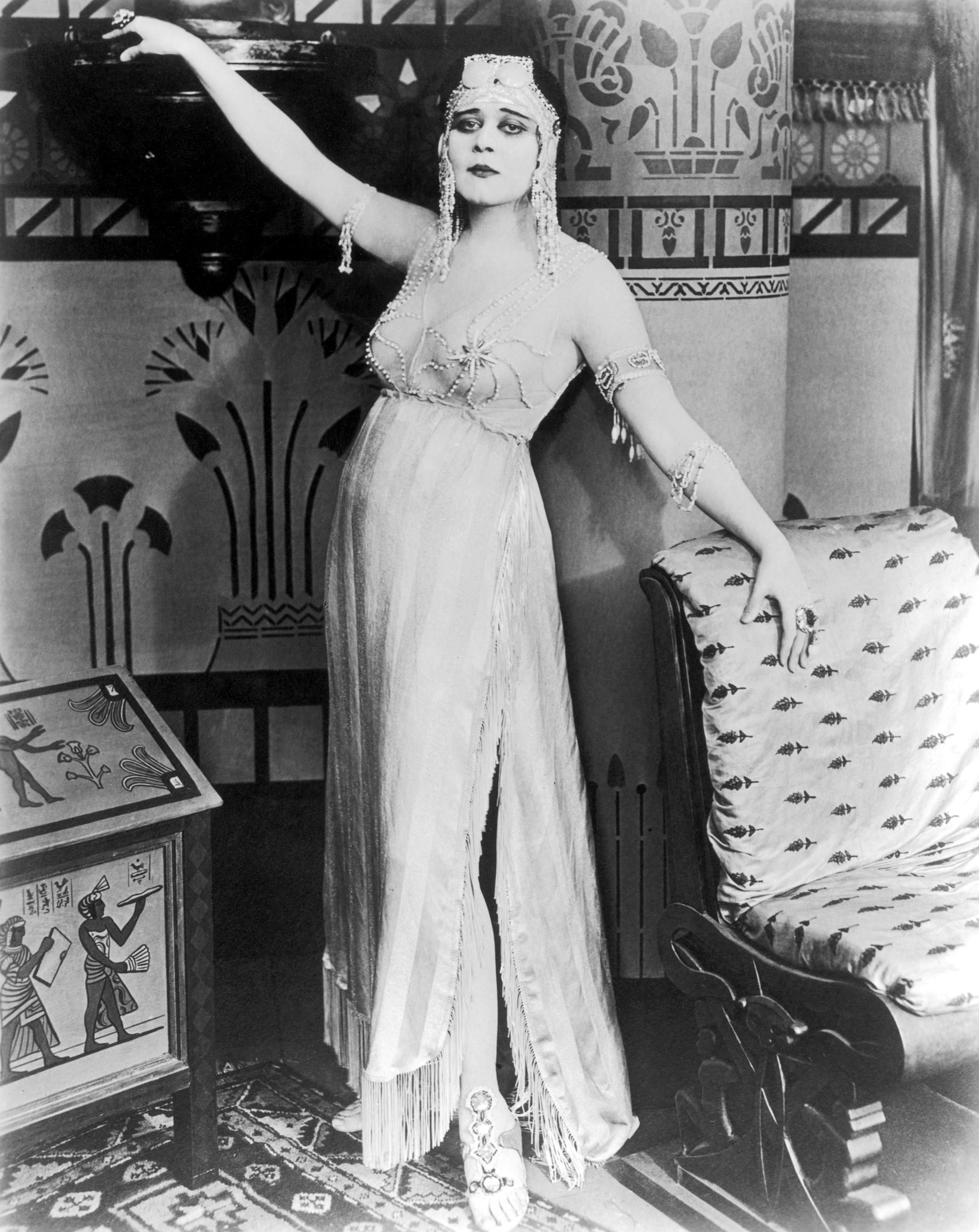
No one had ever heard of Theda Bara before, so to compensate for the young actress’ obscurity, Fox Studios decided to launch the first-ever publicity campaign. They exoticized Theodosia by draping her voluptuous figure in furs and hip-hugging diaphanous gowns, lining her innocent wide eyes with heavy kohl, and weighing her down with kitschy jewellery.
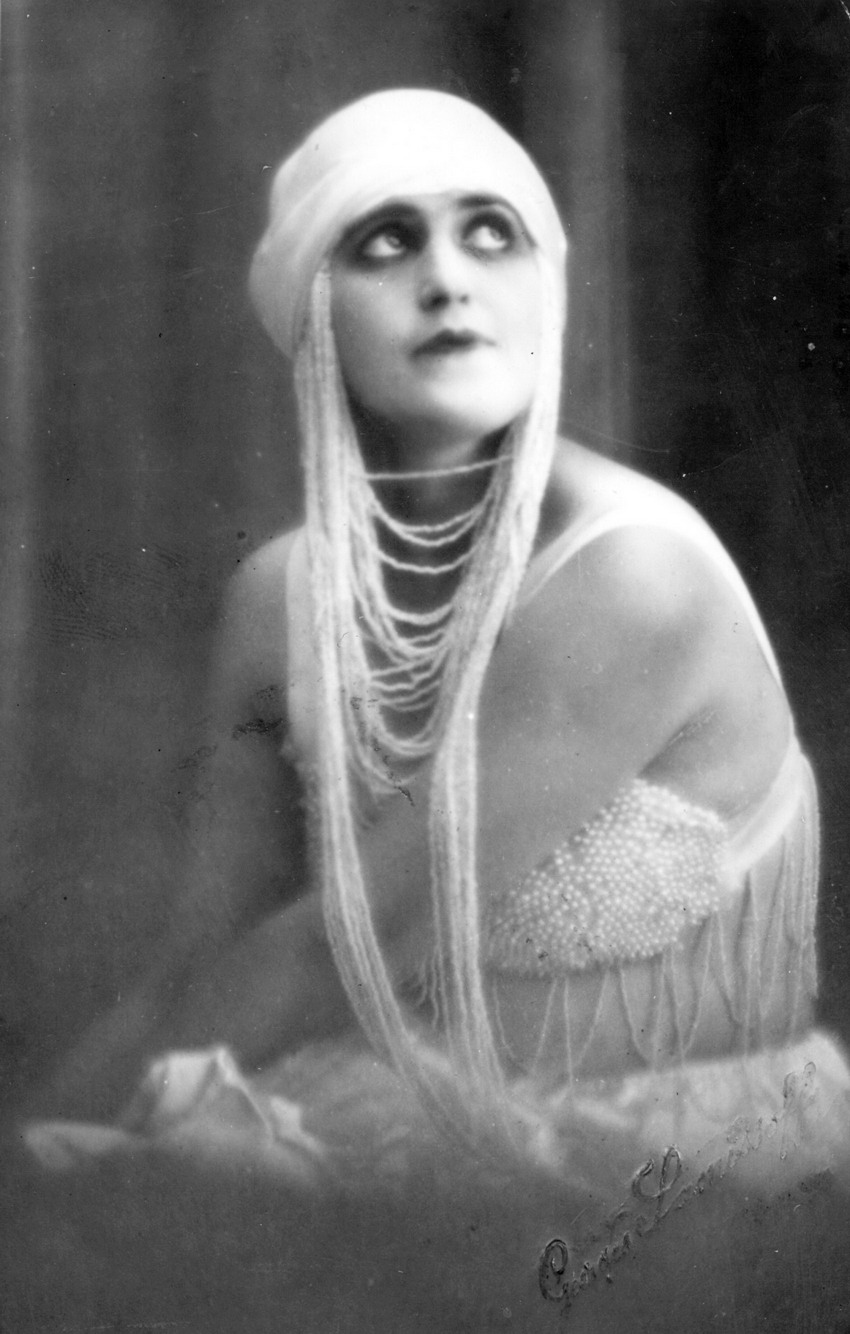
In a move that would set in motion Hollywood’s long-standing love affair with celebrity gossip, the studio PR team planted false stories in the press and invented a fantasy backstory for her. They sold the young Jewish-born starlet as an Arabian woman of mystery, born in Egypt in the shadow of the sphinx.
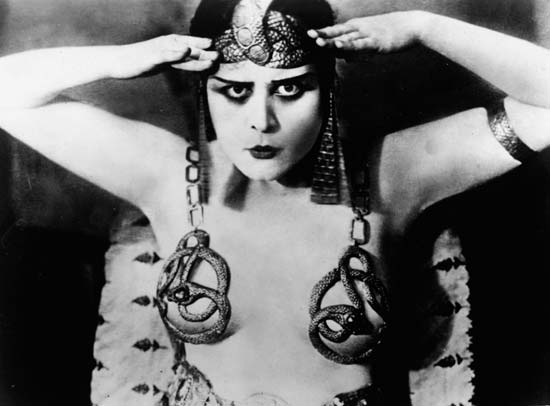
They also invented the story of her parents, claiming she was the product of a French artist’s scandalous tryst with an Arabian mistress.
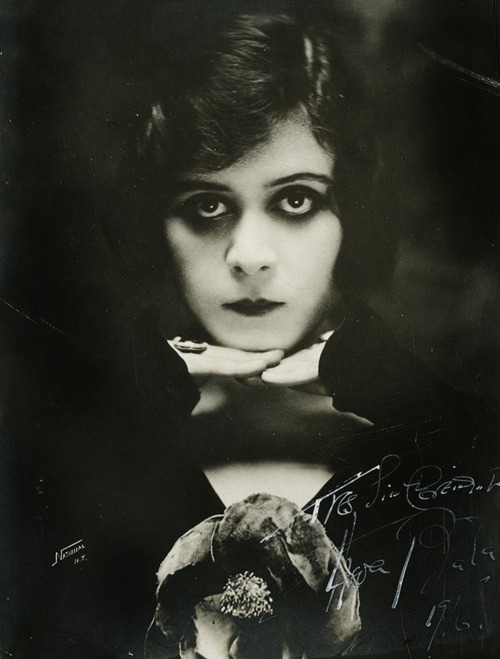
The stunt worked and Theda Bara became an overnight success. To keep up her vampish charade, she was told to wear veils in public and give dramatic press interviews in total darkness. Theda became known as ‘The Vamp’.
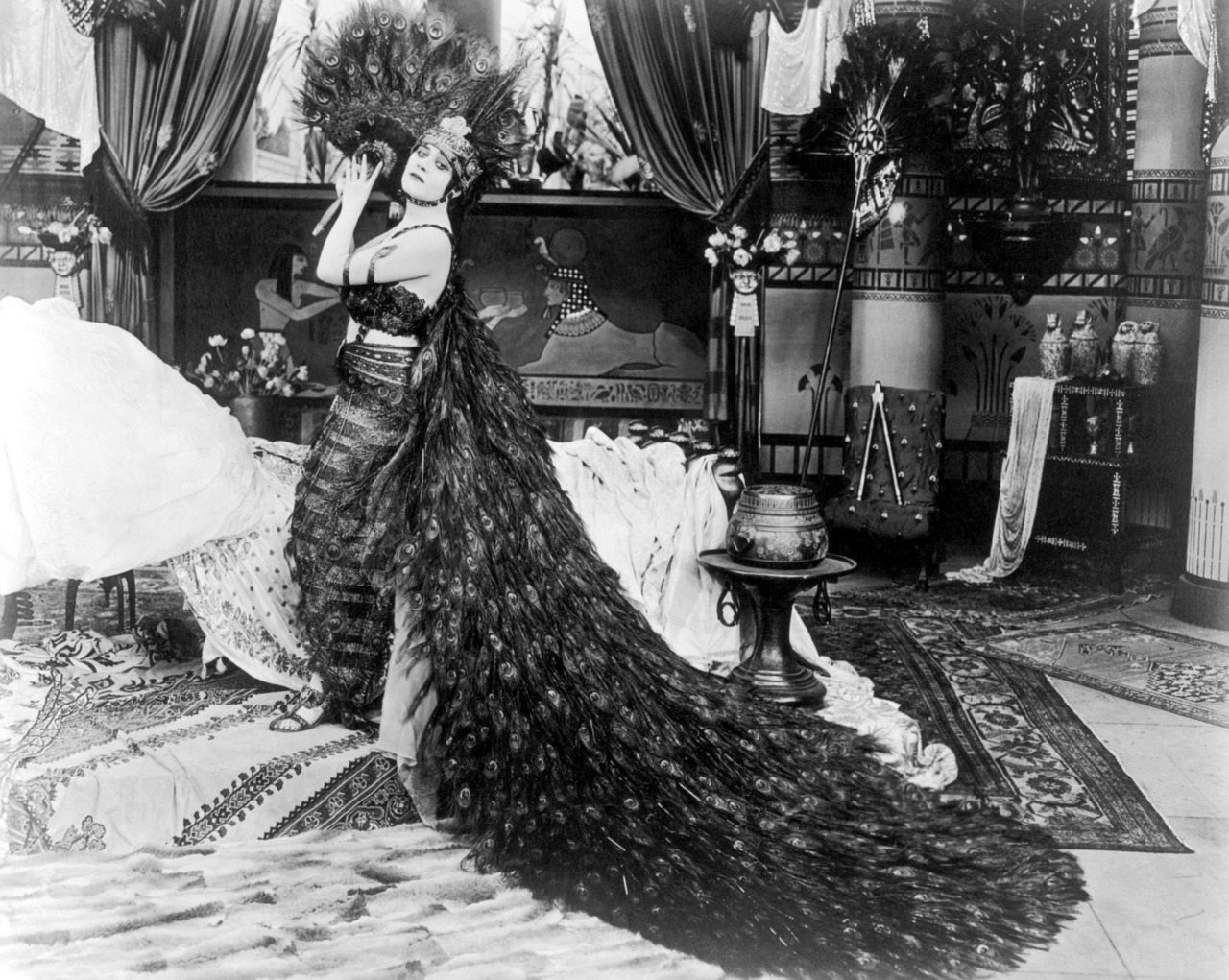
“The reason good women like me and flock to my pictures is that there is a little bit of vampire instinct in every woman.” — Theda Bara
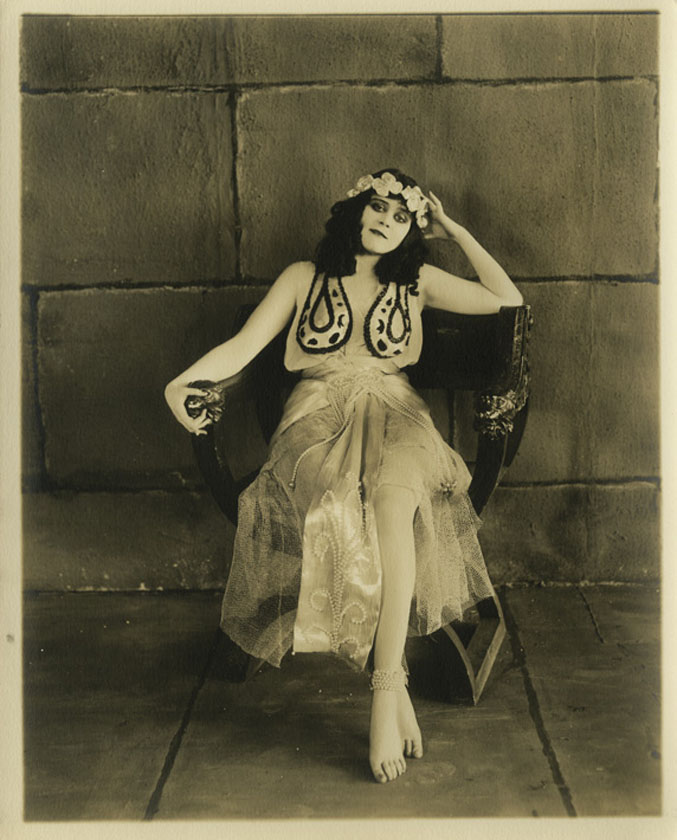
The New York Dramatic Mirror raved: “Miss Bara misses no chance for sensuous appeal in her portrayal of the Vampire. She is a horribly fascinating woman, vicious to the core, and cruel. When she says ‘Kiss me, my fool,’ the fool is generally ready to obey and enjoy a prolonged moment, irrespective of the less enjoyable ones to follow.”
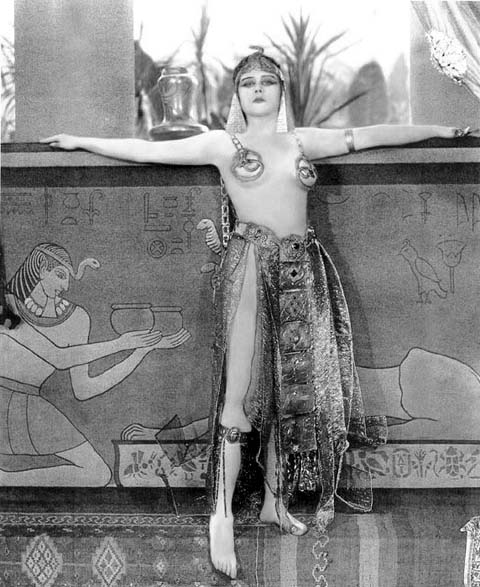
In 1915 alone, Bara starred in eleven films. They were the studio’s most profitable pictures, rivalling the success of Charlie Chaplin films. She became so famous that Nicola Tesla promised to send her image to Mars.
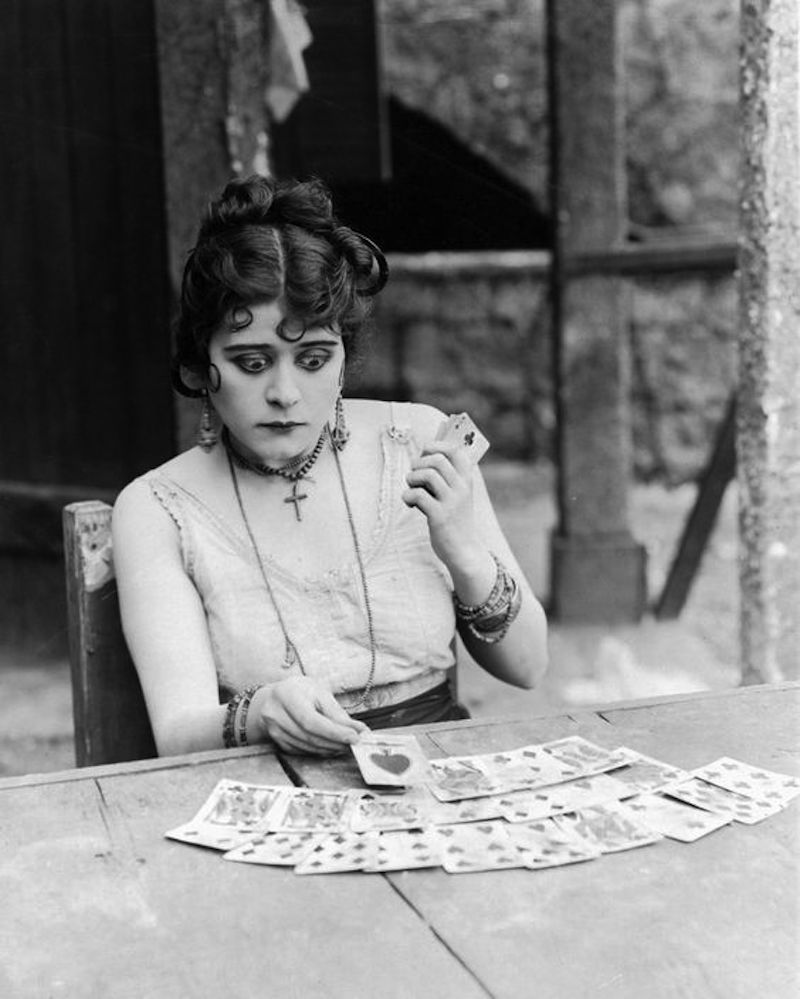
Fox studio stuck with the formula, continually casting her in similar vampish roles. Even when she was cast as Juliet in Romeo & Juliet, the script was re-written for Juliet to come back as a ghost.
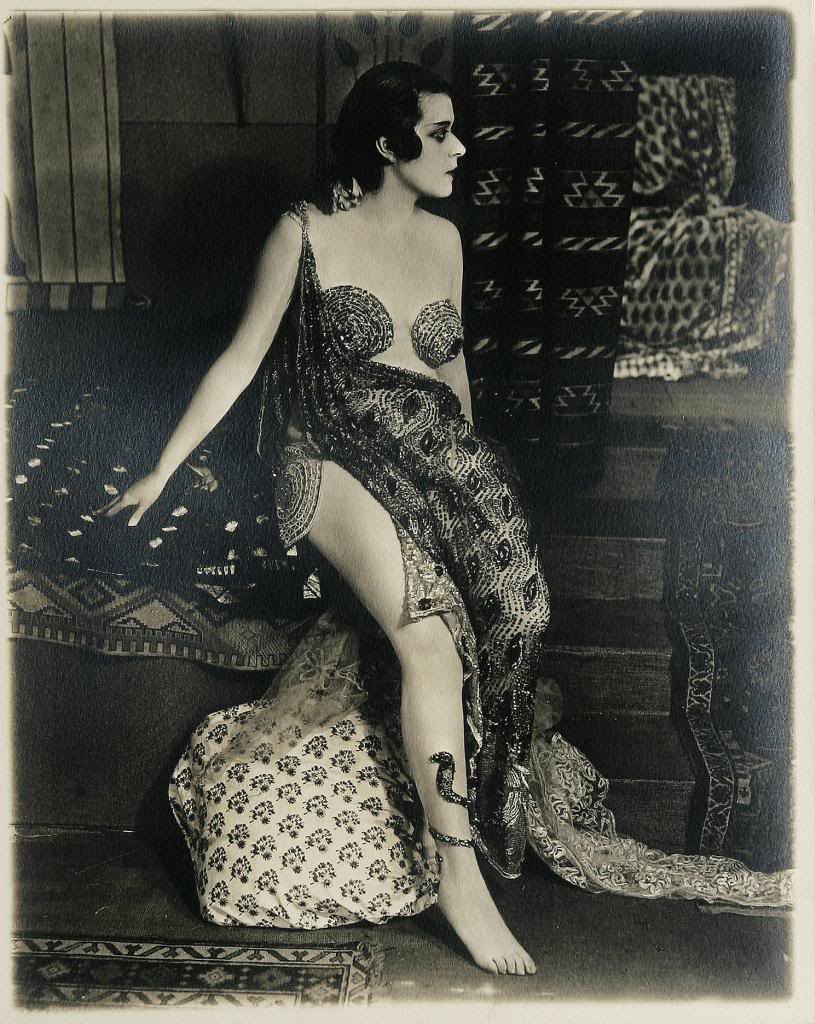
The Hollywood press called her names such as,’The Devil’s Handmaiden’, ‘The Queen of Vampires’, ‘The Arch-Torpedo of Domesticity’, ‘The Wickedest Woman in the World’, and ‘The Priestess of Sin’.
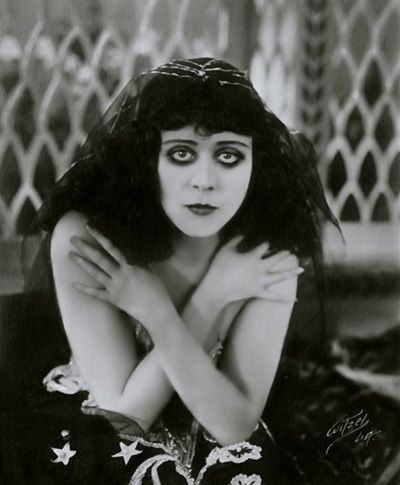
Her carefully crafted image inspired other naughty “Vamps” to don heavy eye makeup and prowl the streets of New York. Early Goths!
It became such a craze that The Evening World published a cautionary infographic, teaching men how to spot and avoid such scandalous women. Even today, the Goth subculture has almost entirely modelled its female style after Theda Bara, regarding her as an icon of Gothic fashion.
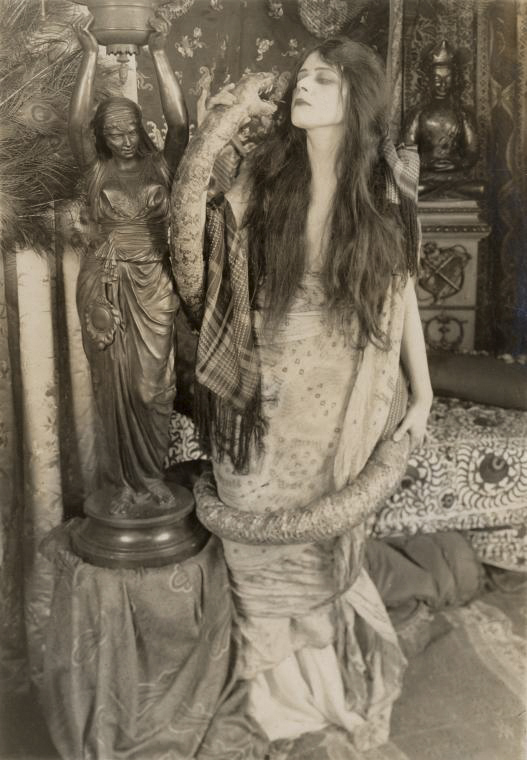
Along with over one-thousand marriage proposals from masochistic admirers, Theda Bara received her fair share of hate mail. One concerned housewife quipped: “It is women such as you who break up happy homes.”
Bara replied: “I am working for my living, dear friend, and if I were the kind of woman you seem to think I am, I wouldn’t have to.”
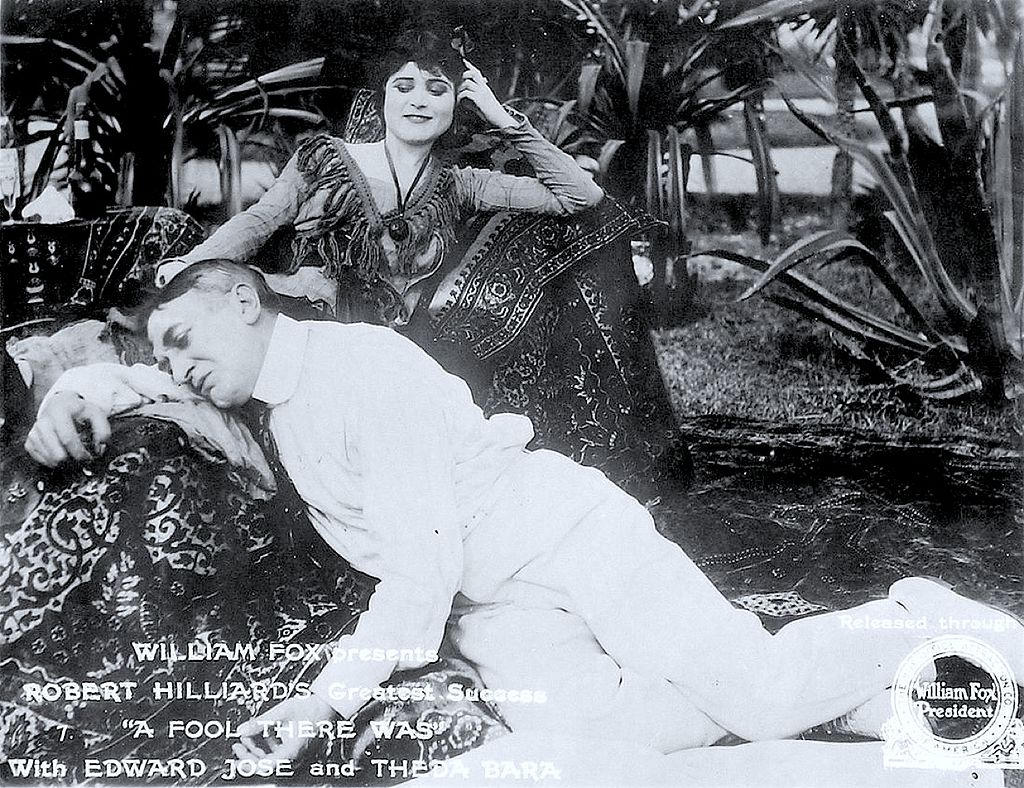
The Theda Bara phenomenon occurred in the fledgling years of the Women’s Rights movement. During the mid to late nineteenth century fear of the “New Woman”, who lobbied for presence outside of the domestic sphere, spawned myths of feminine evil and perversity. Women, once confined to the home, flooded the streets in turn-of- the-century metropolises, taking jobs as typists, telegraph operators, music hall dancers, and in Bara’s case, as actresses.
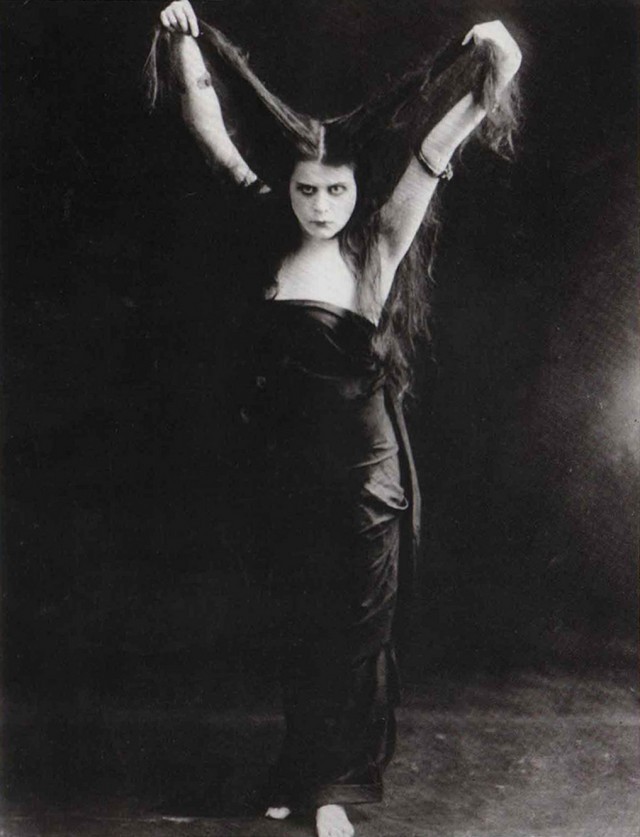
“The vampire that I play is the vengeance of my sex upon its exploiters. You see, I have the face of a vampire, but the heart of a feministe.”
But was Theda Bara a feminist or a puppet in a man’s world? The negative stereotypes of the androgynous “gynander” surrounded the new financially independent woman of the city.
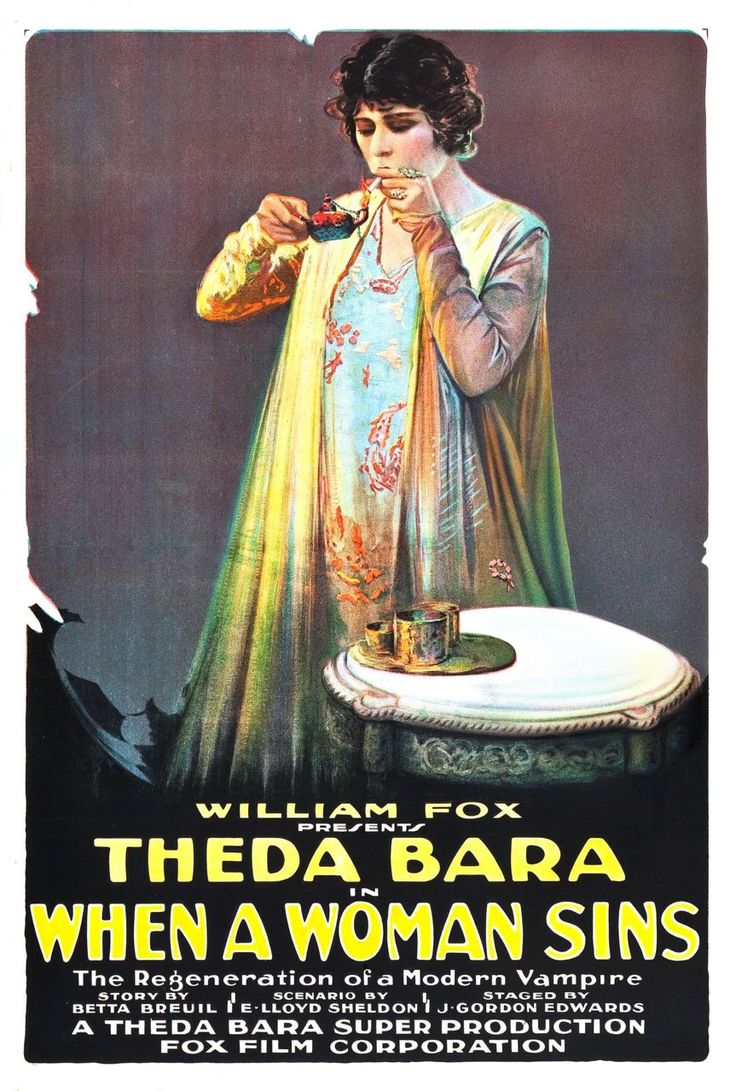
The rise of Theda Bara could be attributed to a fetishization of these myths and fears. Theda’s relationship with the press was strictly controlled by Fox studios. Her on-screen vampish persona embodied feminine evil. Off-screen she sprouted lines about feminism and revenge on the male sex. By association, the message was, feminism = evil.
Is it even surprising that one of Bara last films was called The She Devil.
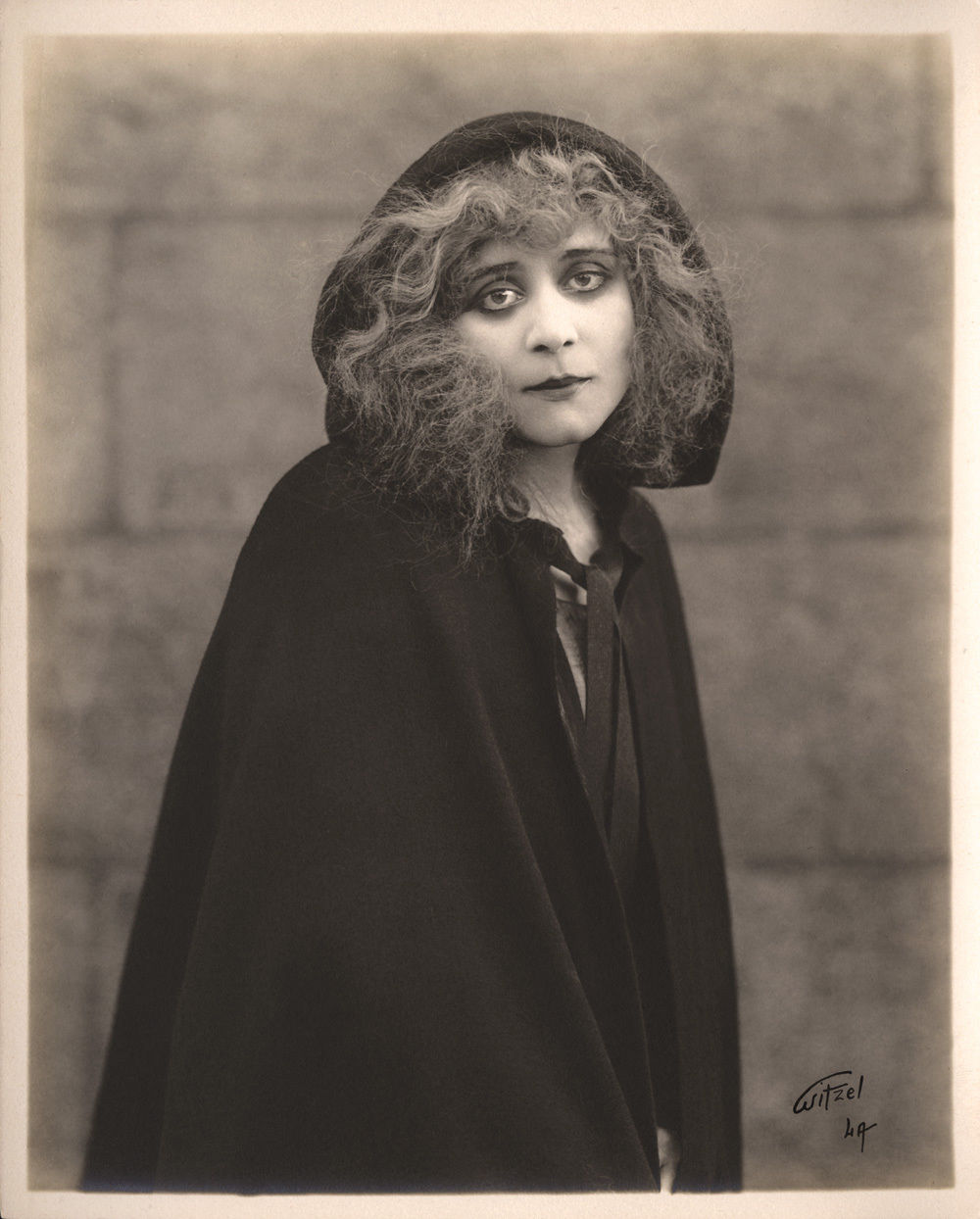
Between 1915 and 1919, Theda Bara had starred in forty films, playing roles such as Cleopatra, Salome, and Carmen. As the film industry reached a wider audience who demanded a more clean cut vision of female sexuality, Fox refused to raise her salary and failed to renew her contract in 1919.
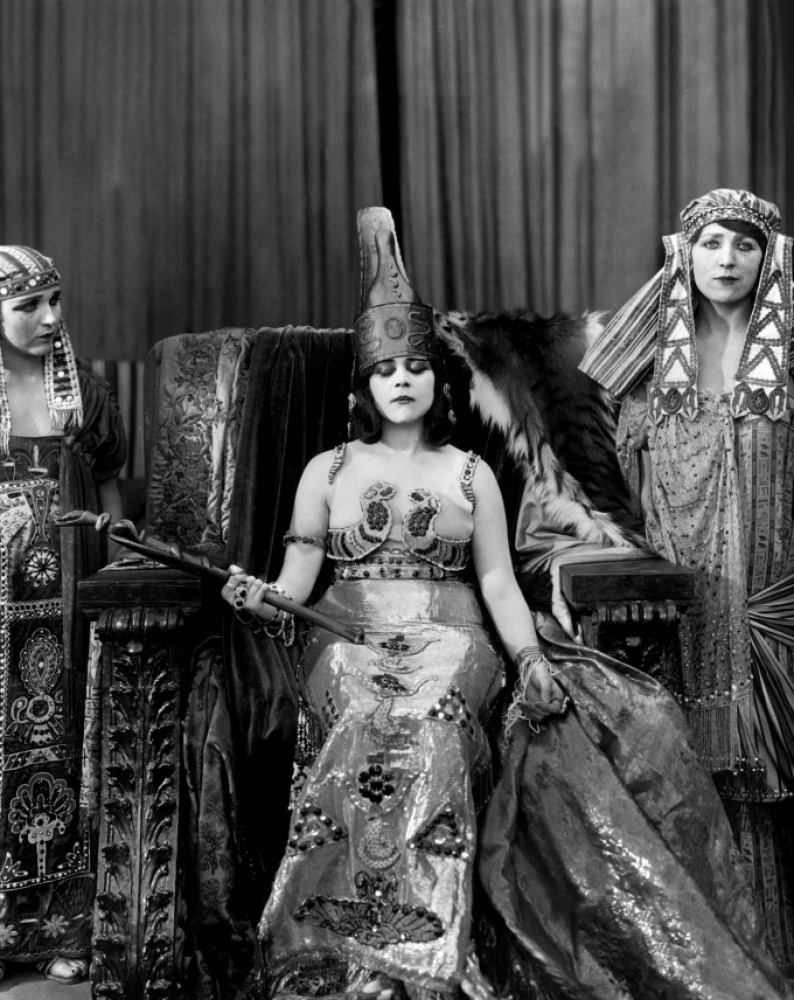
Bara’s dark occultist eroticism was replaced by girls-next- door like Clara Bow and Mary Pickford. Theodosia Goodman turned to Broadway, exploiting her exaggerated vampish stereotype to bring in the crowds. She became wealthy selling herself cheap on the stage, but would never be taken seriously as a screen actress again. Theda married director Charles Brabin in 1921 and retired from acting entirely in 1926 having never appeared in a sound film. She died on April 7, 1955 at the curiously fitting age of 69.
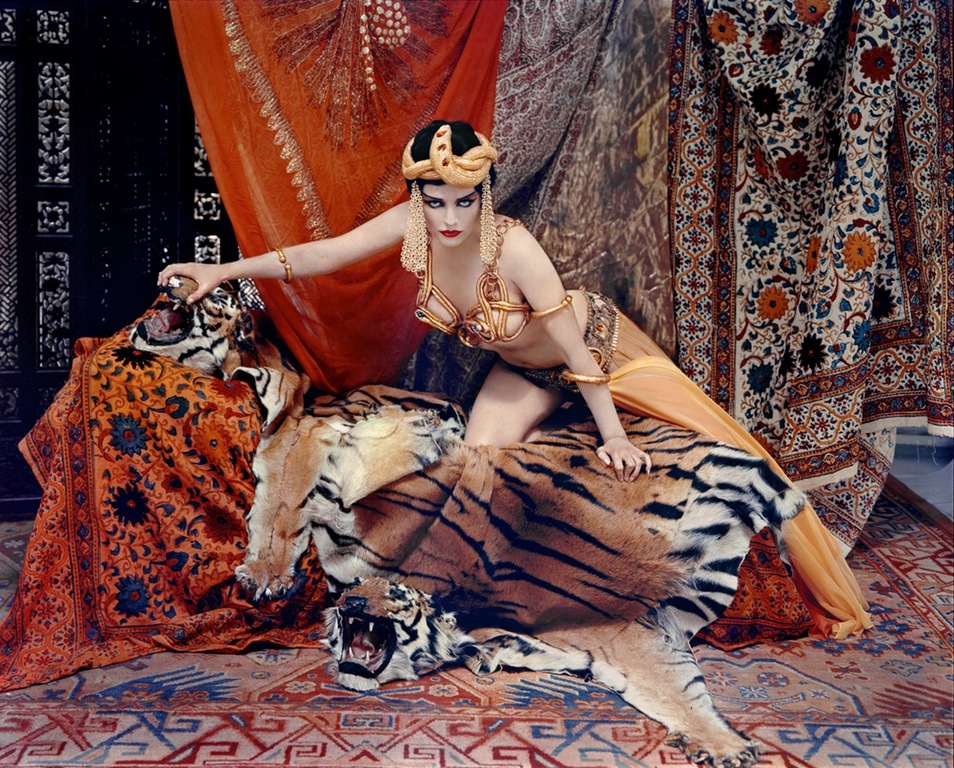
Marilyn Monroe as Theda Bara, photographed by Richard Avedon in 1958
Tragically, the vast majority of Bara’s films were lost in the 1937 Fox vault fire– the master prints of every single film in which she starred in was destroyed. Their violent destruction somehow adds to the mystery of her conjuring vampire witch persona.
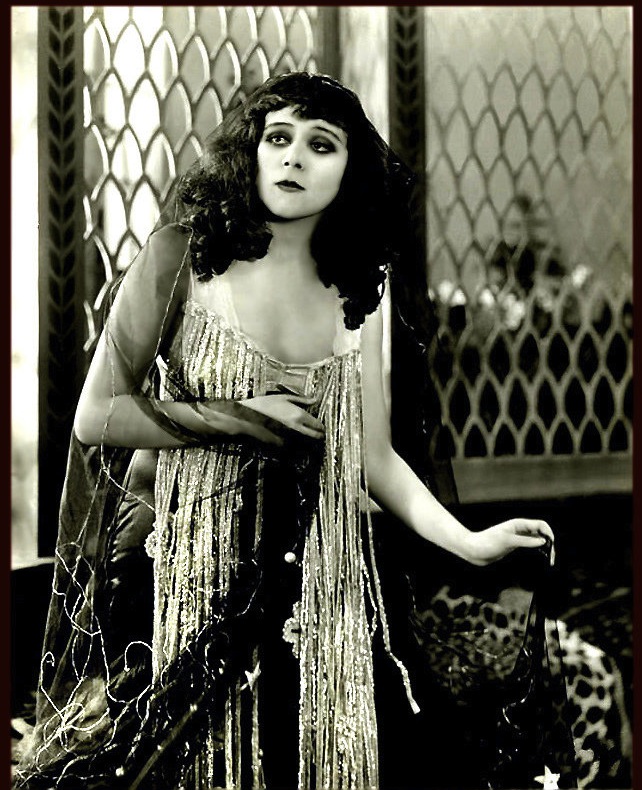
Today, a few elusive fragments of Theda Bara’s serpentine on-screen antics survive and most of what we know about her silver screen career today comes from still photos. The only film that remains intact is the one that transformed this good midwestern girl into a symbol of dark sexuality and launched her career.
You can enjoy A Fool There Was here.
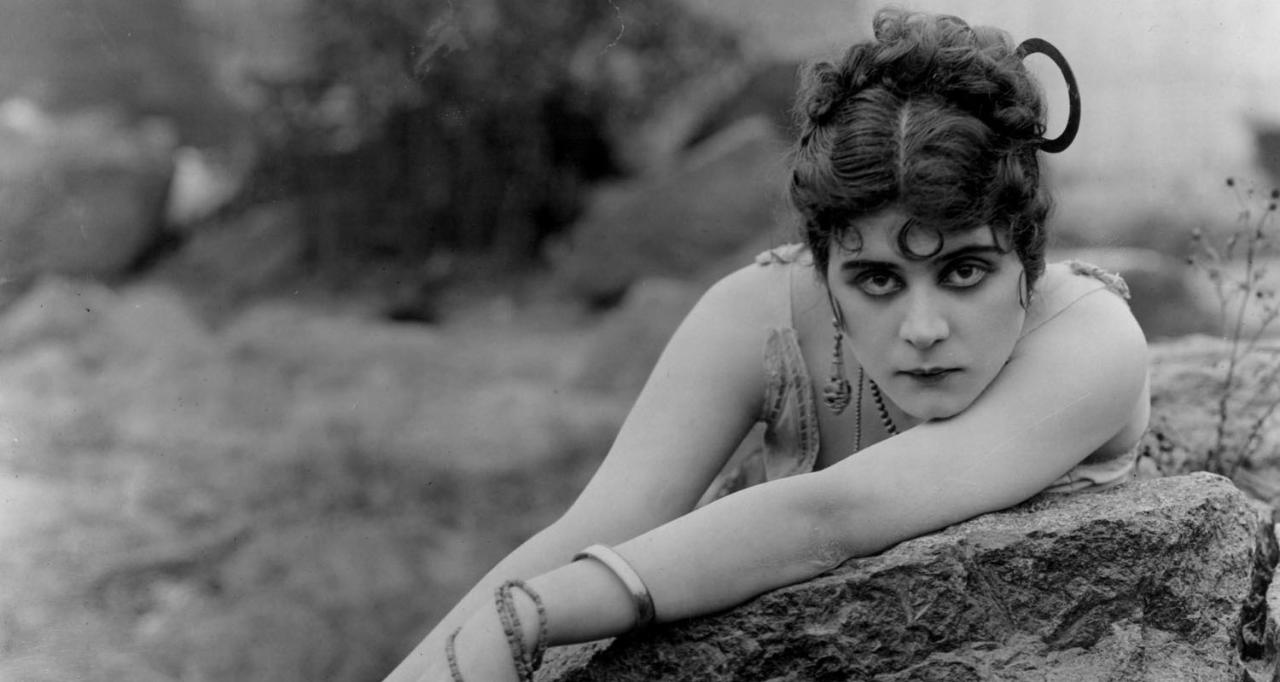
Sex symbol, femme fatale, feminist or America’s first Goth, Theda Bara remains one of the most mysterious female icons in history. Her life’s career erased, her voice scripted by a male’s– who was the real Theda Bara?
“To be good is to be forgotten. I’m going to be so bad I’ll always be remembered.” -Theda Bara (Photoplay, June 1920)






